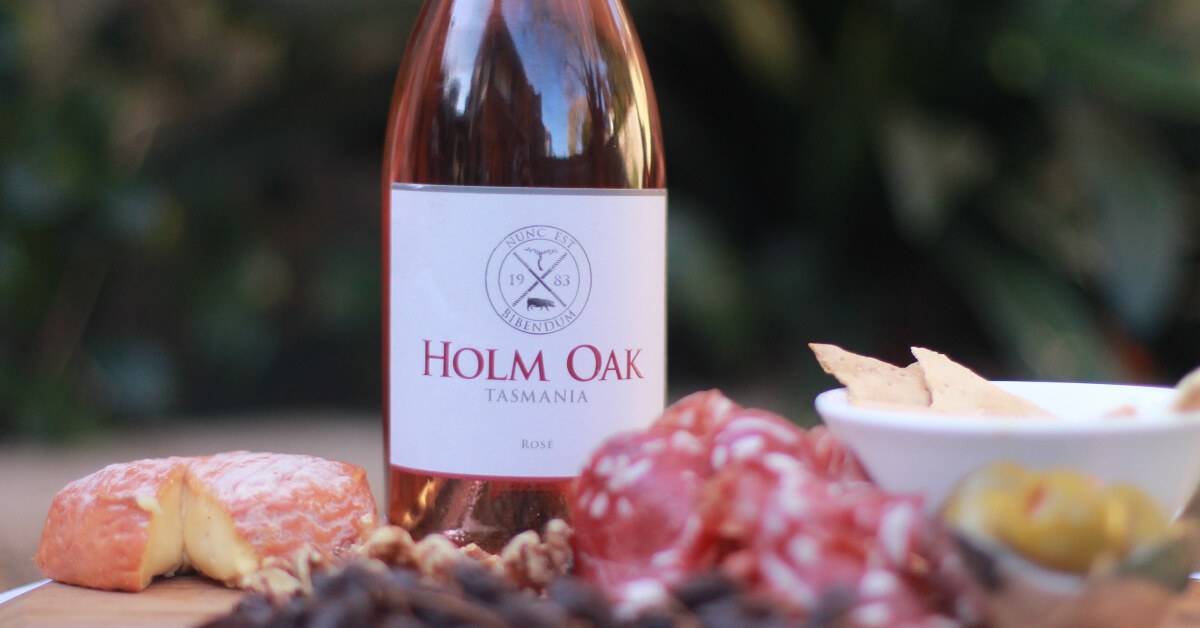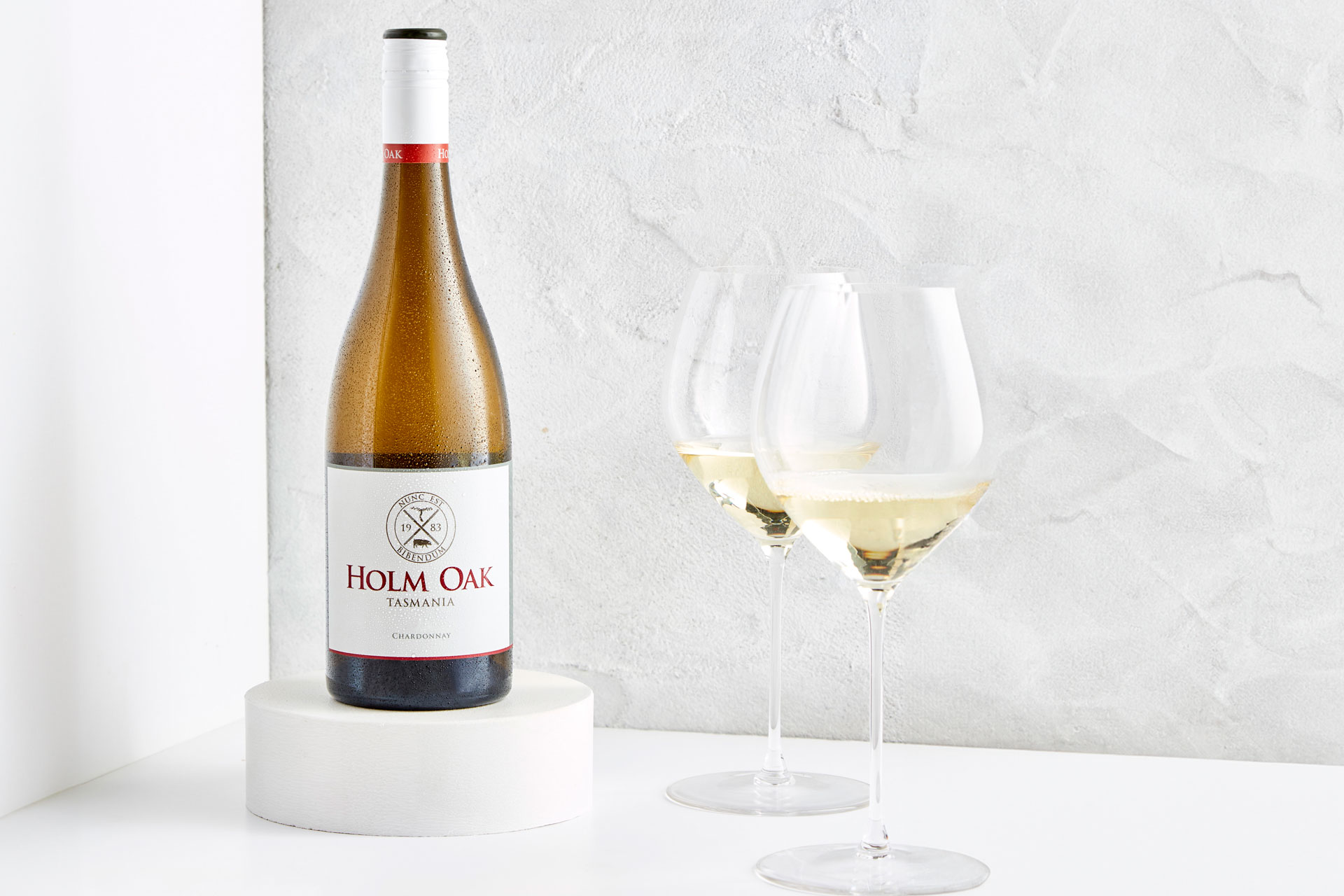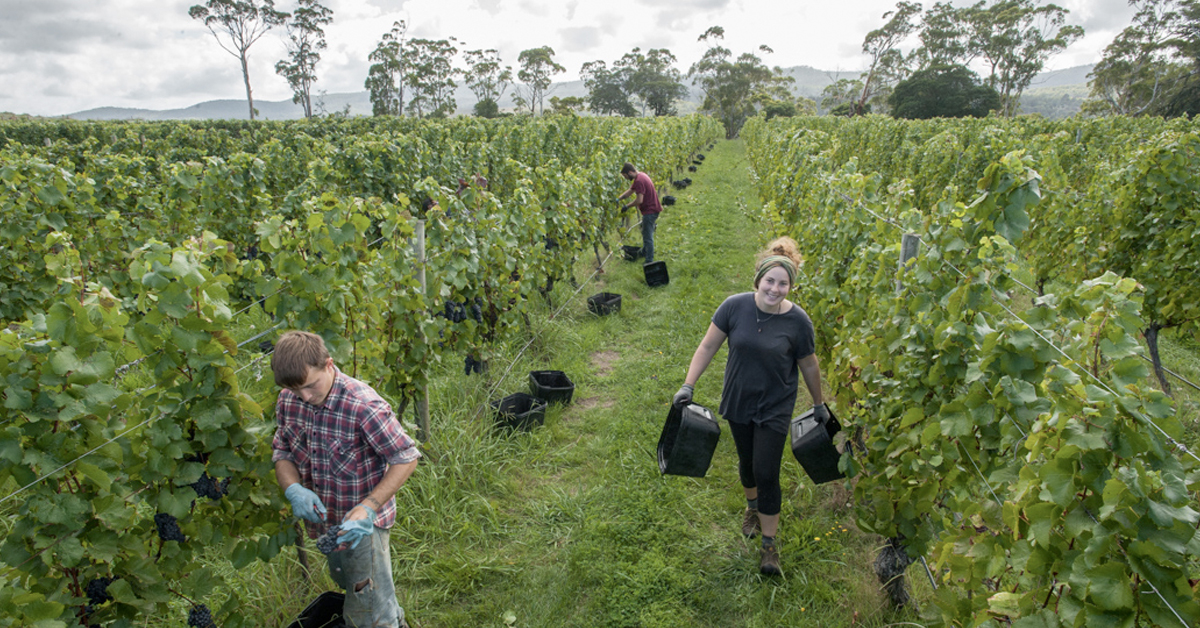Rosé Wine

What is Rosé Wine?
Our beloved pink rosé! A style of wine that’s been growing in popularity over the last few years, although in parts of Europe it’s more prominent than white wine. Most often rosé wine is made from red wine, but there’s no rules here! The last few years have seen a real evolution in the style of rosé being produced in Australia, and its good news for those who enjoy. Whether it’s dry or a slightly sweeter option that you’re looking for, there’s plenty of styles and flavours to discover. Our winemaker Bec Duffy talks about how rosé is made and some of the behind the scenes thoughts that go in from a winemaking perspective when making your favourite pink wine!
Premium rosé wines in Australia are often made from a single grape variety, but increasingly wine producers are experimenting with different blends. In Tasmania, given how our beloved pinot noir thrives, it’s not surprising that this forms the basis for many of the rosé wines being produced. However, throughout Australia you will see rosé made from shiraz, cabernet sauvignon, grenache and increasingly from alternative varieties such as nebbiolo, sangiovese and tempranillo. Much of the choice comes down to the region, the varietals that grow best and a personal style of the winemaker.
How is Rosé made?
There are three main ways to make rosé wine.
1. Saignée Method
Saignée is a French term which literally means “to bleed”. It’s the process of removing some of the juice from red grape must prior to, or at the onset of fermentation. The juice will be pink as it has had some contact with the grape skins (where all the colour is) and is then used to make rosé. It also serves to concentrate the remaining must as a result of a higher proportion of grape skins to juice.
2. Skin Contact
I don’t think there is a technical term for the other way of making rosé which is to make it like a white wine using red grapes. The grapes are harvested and then pressed prior to fermentation. Some winemakers will choose to leave the juice on skins for a period of time depending on how much colour and tannin they want to extract. Once pressed, the pink juice can be used to make rosé in whatever style the winemaker chooses.
3. Blending
Sometimes rosé can be made by blending red and white grapes. It is not something that happens as often today as it has done in the past given that many winemakers are focusing very much on making their rosé wines in a more serious style.
How we make Rosé at Holm Oak Wines
Here at Holm Oak we choose to use the skin contact method. This way we are able to pick the grapes for the rosé at the flavour profile that we like, which tends to be a little less ripe than what we would for our pinot noir. We do, however, leave the harvested fruit in the picking bins in our cool room for two days to extract colour, flavour and tannin from the skins. Following the two day “cold soak”, we press the must. The juice is allowed to settle and is then racked off solids for a cool fermentation. This results in a fresh, dry fragrant rosé. One of our favourites and a really versatile wine to enjoy regardless of the time of year!
Winemaking techniques that are important for Rosé flavour development
Picking ripeness
As with making red wine from pinot noir, the time at vintage when the grapes are picked will have an influence on the taste profile of the final wine. Our rosé has a particular flavour profile. We’re looking for a rosé with floral and strawberry characters, so pick the fruit for our Holm Oak Rosé when the grapes are showing these characters.
Barrel fermentation
We don’t use this technique with our Holm Oak Rosé because we want a more aromatic, fresh style. Fermentation in old oak can be used to add texture (a rounder palate) and complexity (generally more “savoury” characters) to the wine. However, the Duffy Rosé is a more savoury textural style and is barrel fermented.
Wild v Inoculated fermentation
Like barrel fermentation, if you want a rosé with more texture and a bit more complexity then wild fermentation can be used. “Wild” yeast ferments often generate by-products that enhance mouthfeel. We choose to inoculate our Holm Oak Rosé with a known yeast strain, where as our Duffy Rosé is wild fermented.
Sweetness level (residual sugar)
This is very much dependant on the market for which the rosé is being made. Most premium rosés are dry (less than 5g/L of residual sugar). Residual sugar is left in the wine by stopping the fermentation prior to all the sugar being converted to alcohol. It is illegal to add sugar to wine in Australia. At Holm Oak our rosé is dry, with the residual sugar around 2g/L (this very small amount bit just adds a little more weight to the mid palate of the wine).
What does Rosé taste like?
The flavour of Rosé comes from the grape variety (or blend of grapes) that are used to produce this pink drink.
- Shiraz – richer, fuller and softer generally fruit driven
- Cabernet – more blackcurrent and a bit herbaceous, but still fruit driven
- Nebbiolo – more spicy, strawberry, possibly very fine, chalky tannins
- Grenache – more of cross between the fruitiness and softness like the shiraz, and the spiciness of the Nebbiolo
- Pinot Noir – more aromatic, floral, strawberry
How about Sparkling Rosé?
Just to make things confusing, sparkling rosé is made differently to the still styles. It’s generally a blend of pinot noir and chardonnay, or just pinot noir. What makes sparkling rosé different is that you have the opportunity to add a little bit of wine and sugar (which is legal in sparkling wines) when the sparkling is disgorged (which is removing the yeast from the bottle).
During the bottle fermentation the yeast can absorb some of the colour from the wine, so it is not unusual to use some Pinot Noir wine to add back at disgorging. For us, this equates to about 10mL of red Pinot Noir into the bottle just to give the wine a little more colour. We also add 5g/L of sugar which balances the wine as the carbon dioxide in the sparkling is acidic.
Thirsty after all this rosé conversation? Well lucky for you we have a few favourites for you to discover. Take a virtual tour through our selection and give our Holm Oak Rosé a try for yourself. We’d love to hear what you think.



